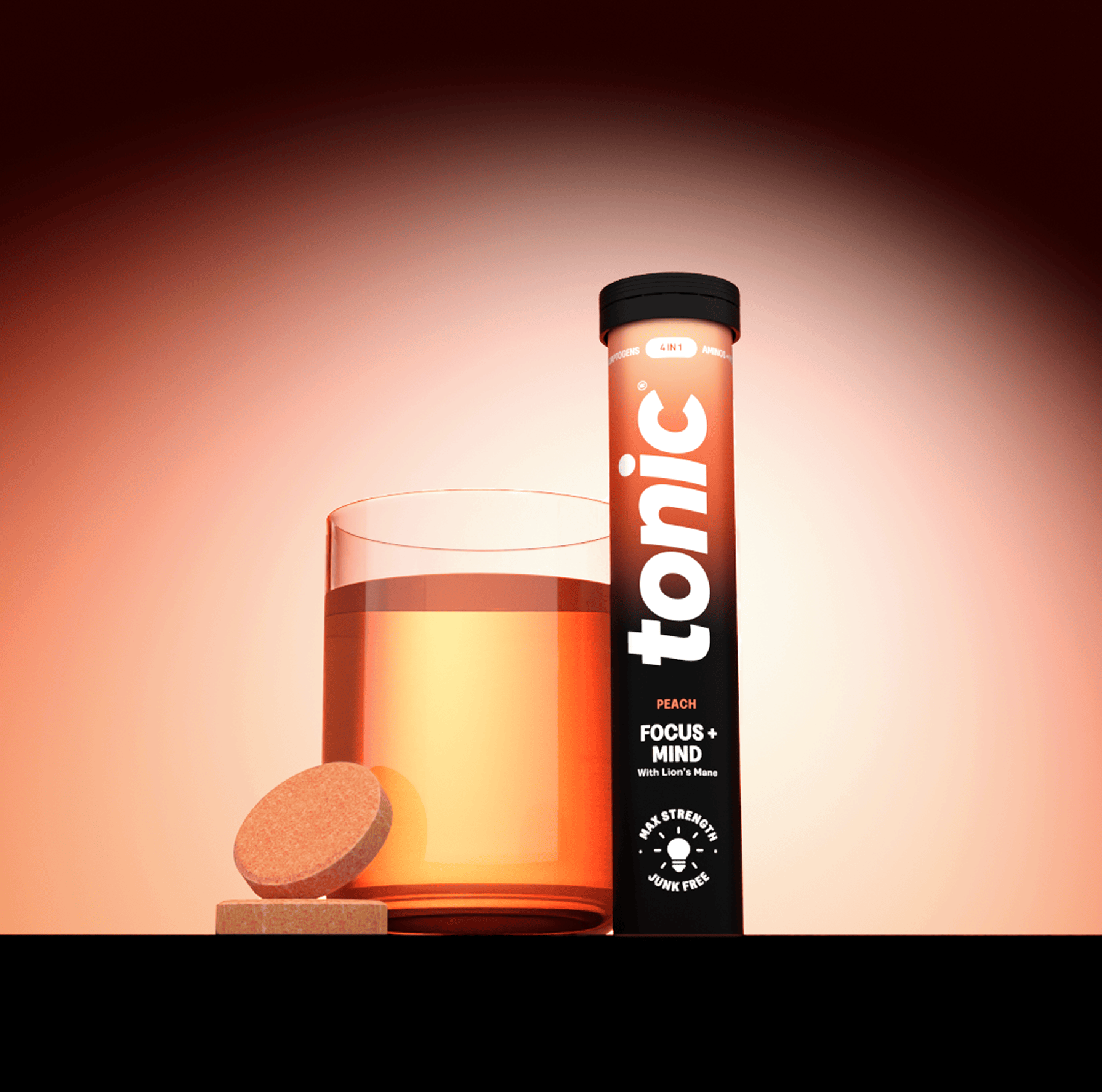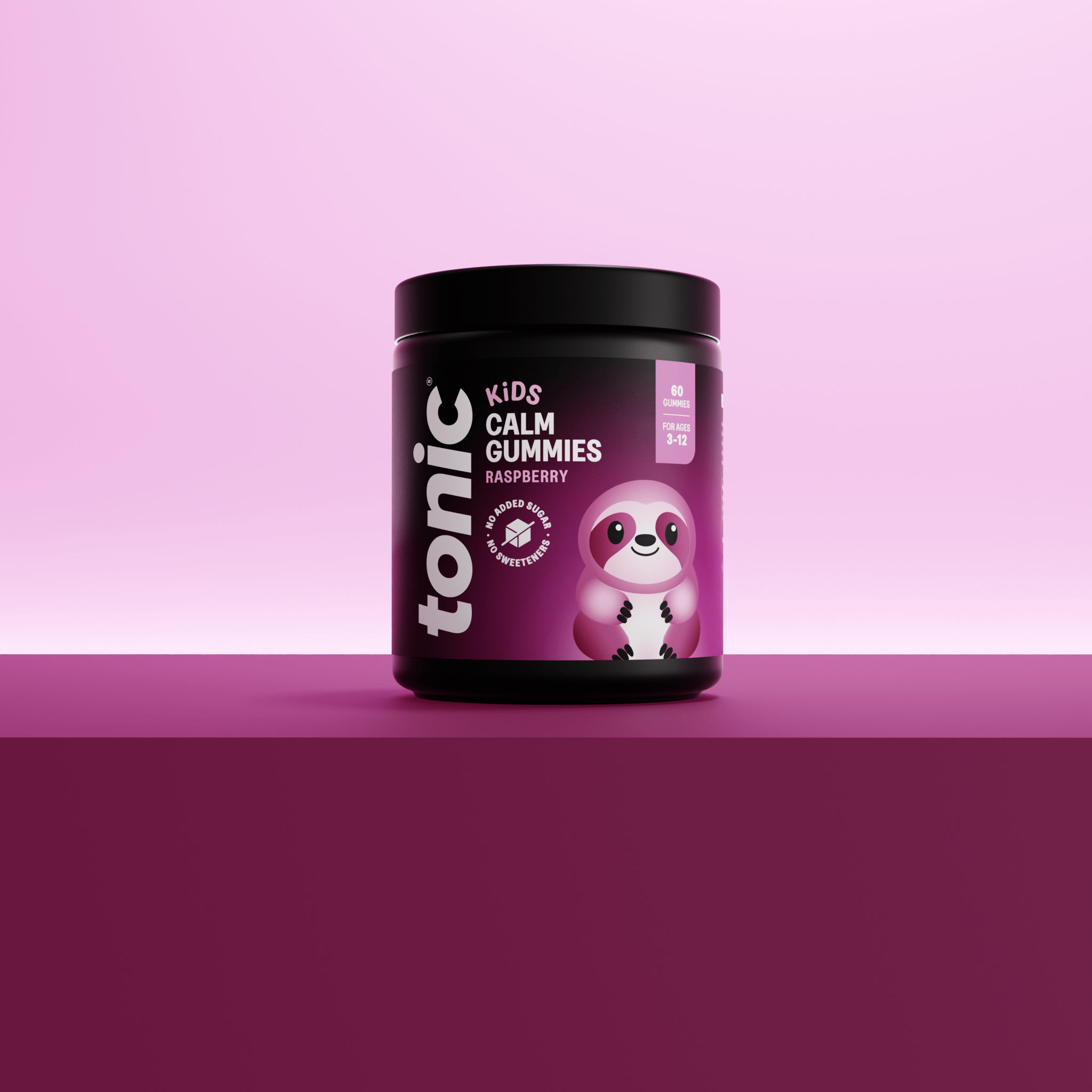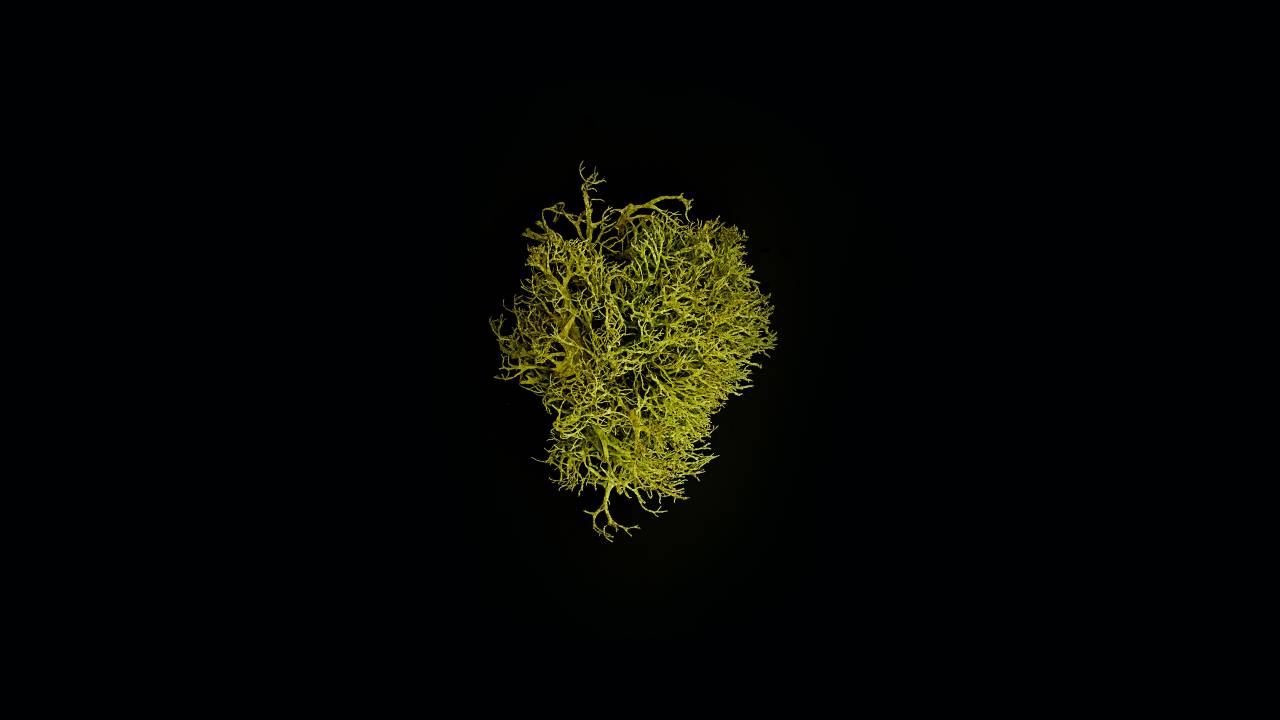A Christmas spice, nut and root superfood
Aside from all the indulgence (which after the year we’ve all had is much needed) there are some incredibly nutrient dense superfoods that make up part of our festive food…
First off: ginger.
Zingiber officinale has been used in Ayurvedic and Traditional Chinese medicine for over 5,000 years! It’s been used to help combat nausea, reduce inflammation, support the ‘fire’ of the digestive system (stomach acid) and to help the joints due to its anti-inflammatory action.
The active constituents of ginger include gingerols and shogaols. These phytonutrients are used by the roots to fend off invaders – and they do the same for us too! Finely slicing ginger and adding it to hot water is a great way to heat the body if you have a cold. Or you could try Tonic high-dose Lemon & Honey, which contains 200mg of ginger!
Ginger is great if you’re suffering with GI problems, including helping combat nausea and motion sickness. It warms the body, induces sweating and reduces pain (ground, dried ginger is thought to be energetically hotter than the fresh).
Almonds in your marzipan not only taste great but are a nutritional powerhouse! The marzipan flavour is made from a component called benzaldehyde. They’re incredibly mineral dense; containing manganese, copper, potassium, calcium, zinc, phosphorus and magnesium. Plus essential fatty acids omega 3 and 6 and an important amino acid called tryptophan which is needed to make melatonin – the ‘dracula’ hormone which brings on restful sleep.
Interestingly almonds do also contain cyanide…but not enough to poison you! Bitter almonds contain high levels of a substance called amygdalin which is also found in almond kernels. Sweet almonds only have trace levels. Amygdalin breaks down to release hydrogen cyanide, responsible for their bitter taste. As Paracelsus, a 16th century Swiss philosopher who brought a new approach to medical and toxicological theory, noted: “The dose maketh the poison”. It’s present in marzipan too, although sources suggest you’d have to eat 35kg of it in one sitting to get a lethal dose, so I think we’re safe there. Interestingly, it’s not cyanide that smells of almonds, it’s almonds that smell of cyanide!
The cinnamon on your Christmas latte was once as valuable as gold. It’s a spice made from the inner bark of the Cinnamomum tree. Cinnamon has been used for thousands of years to help calm digestive problems and recent research indicates that cinnamon may also help the body to balance its energy reserves between meals due to its link with improving blood sugar control. So much so there is ongoing research into the use of cinnamon in cases of type 2 diabetes.
There are many compounds in cinnamon including polyphenols (potent antioxidants), and cinnamaldehyde, cinnamic acid and cinnamate. The available in vitro and animal in vivo evidence suggests that cinnamon has anti-inflammatory, antimicrobial, antioxidant, anti-tumour, cardiovascular, cholesterol-lowering, and immunomodulatory effects. One gut-nourishing recipe is ground cinnamon added to stewed apples. This easy-to-prepare recipe helps to feed the gut with gentle plant fibre and pectin (remember, an apple a day keeps the doctor at bay!) and the cinnamon brings a warming flavour and also helps keep blood sugar in control due to the stewed apples.
Enjoy all of these amazing foods in abundance – and remember they’re not just for Christmas!







Leave a comment
All comments are moderated before being published.
This site is protected by hCaptcha and the hCaptcha Privacy Policy and Terms of Service apply.